Installing surveillance cameras at home is a great way to enhance the security of your property. It allows you to keep an eye on your property and loved ones when you are not around. However, to ensure your surveillance system functions efficiently, it is essential to have the right materials. Here are the essential materials you need when installing surveillance cameras at home.
Surveillance Cameras
The first and foremost essential material for surveillance camera installation is the camera itself. There are several types of surveillance cameras, including wired and wireless, indoor and outdoor cameras, and cameras with varying resolutions. Choose the cameras that suit your specific needs. For instance, if you want to monitor outdoor areas, choose weatherproof outdoor cameras with night vision capabilities.
Cables
Most surveillance cameras require cables to connect to the power source and the recorder. The type and length of the cable you need depend on the distance between the camera and the recorder. If the camera is far away from the recorder, you will need longer cables. Choose cables that are durable and of high quality to avoid the signal loss or damage over time.
Recorder
The surveillance camera recorder, also known as the digital video recorder (DVR), is where the footage is stored. The DVR comes in different sizes and specifications, so choose one that suits your specific needs. For instance, if you want to store footage for a long time, choose a DVR with a large hard drive capacity.
Power Supply
Surveillance cameras require a power source to function. If you are installing wired cameras, you will need to connect them to a power outlet using a power supply adapter. If you are installing wireless cameras, you will need to purchase rechargeable batteries or solar panels. Ensure that the power supply you choose is compatible with the cameras you have.
Mounting Brackets and Screws
To install the cameras, you will need mounting brackets and screws. Mounting brackets are used to attach the camera to a wall or ceiling, while screws secure the brackets to the surface. Make sure you choose sturdy brackets and screws that can support the weight of the camera.
In conclusion, installing surveillance cameras at home requires several essential materials, including the cameras themselves, cables, a recorder, a power supply, and mounting brackets and screws. Ensure that you choose high-quality materials that are durable and suitable for your specific needs. With the right materials, you can install a surveillance system that provides the security and peace of mind you need.
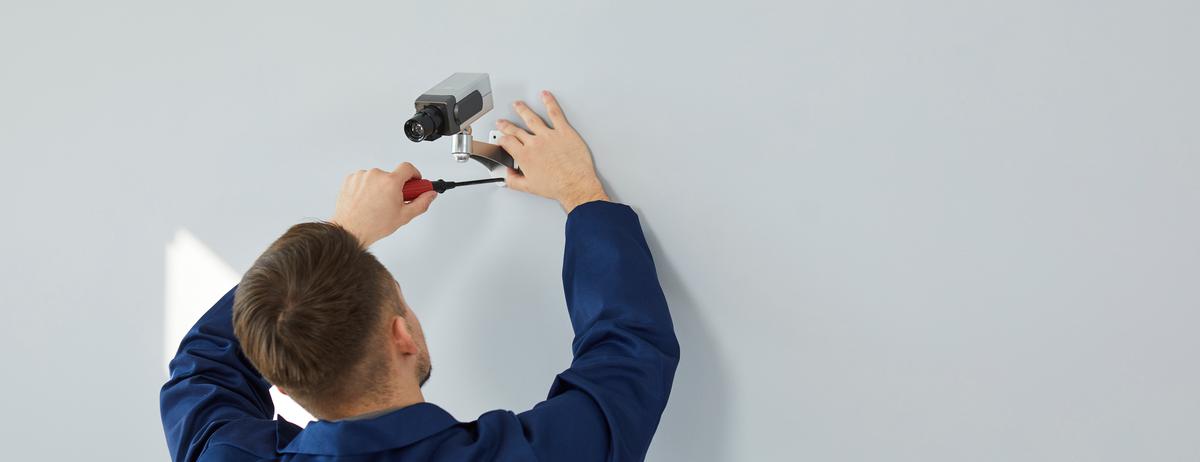

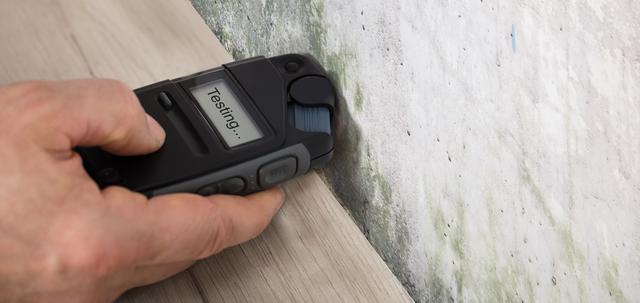
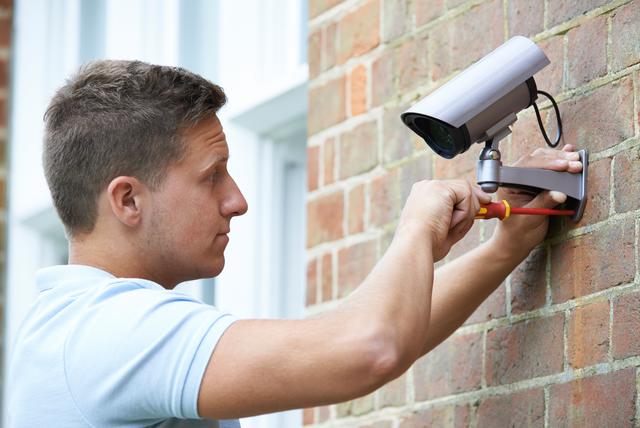
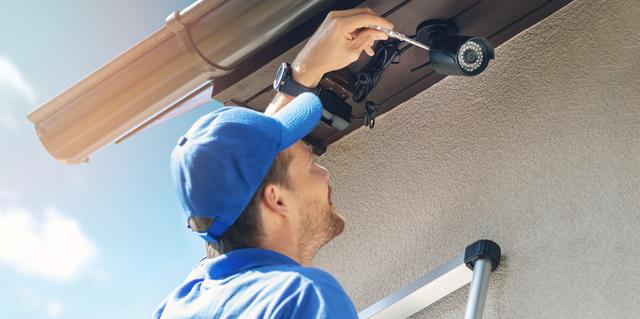
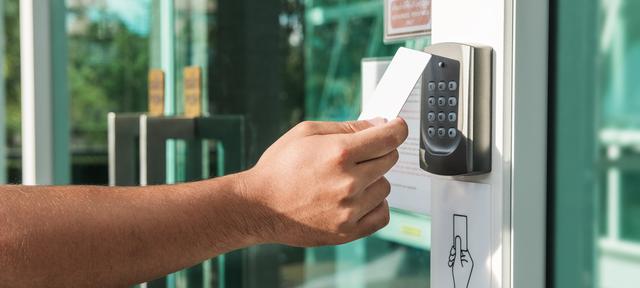
comments